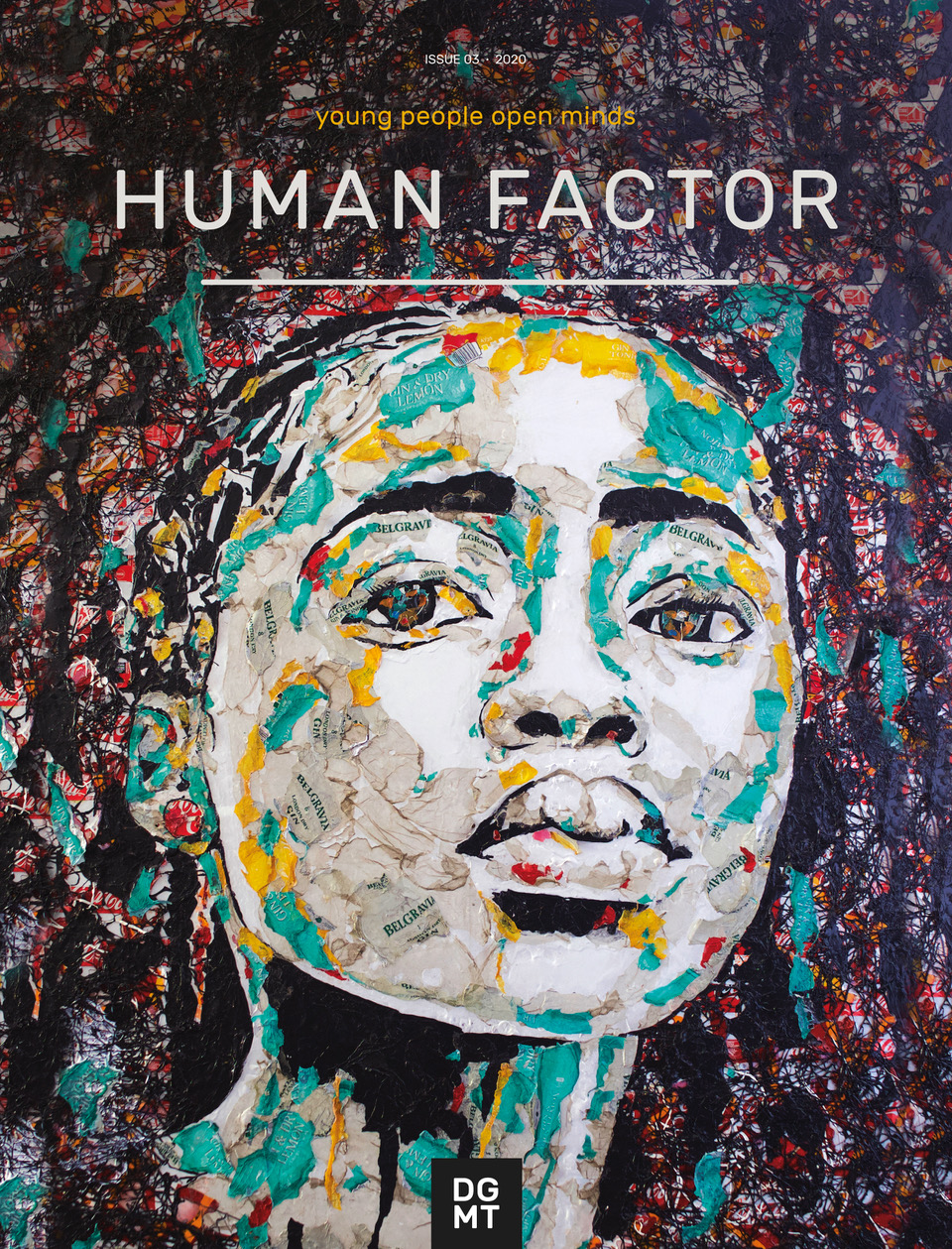Thought Leader has teamed up with the DG Murray Trust’s Human Factor to explore youth and identity in June and we want to hear from youth in South Africa aged between 15 and 25.
Who are you? Identity formation may be deeply personal, but it’s also a collective phenomenon. Consider South Africa’s own ongoing identity crisis. The country is pushed and pulled in every direction; our own anxieties seem to manifest, sometimes, in national headlines. We grapple with inequality. We try to reckon with a history of incredible cruelty. We reach back 26 years in search of the same hope that painted 1994 as a golden year. It hurts us. But no matter how uncomfortable the process, it also shapes us. So it is for young people’s collective identity crisis. They are hurt, and shaped, and enraged, and calmed and, ultimately, they become themselves – whatever that self may be.
In the third issue of the Human Factor the DG Murray Trust (DGMT) explores young people’s own stories – in their own words and through their own art. They delve into the secrets of their rapidly developing, ever-evolving brains. And they consider what might happen if, finally, young people are seen as potent allies who are fully part of a society that’s as complex, changeable and profoundly beautiful as they all are.
RELATED:
Now we ask you to share your stories around your own identity or how you see the identity of youth in South Africa developing. It can take the form of a story or a poem. Dig deep and tell us what it means to be a young person in South Africa and how your experiences at home; with friends; in school or university and even during the Covid-19 pandemic has shaped your identity and who you are, and how it can shape South Africa.
Read the Human Factor for inspiration and think about the following:
· How does society influence identity formation in youth?
· How do art and identity influence each other?
· Can a focus on youth identity improve individual lives and the nation as a whole? How?
· An open letter to government officials around the issue of youth identity.
Guidelines
· Essays may not be longer than 1000 words.
· Be original and thought-provoking. Use your own words.
· If you use any references, please include them as links in your piece.
· Give your piece a unique title.
· Include in your submission a high-resolution picture (jpeg) of yourself, your full name, a short bio (more about you and where you are from) and an email address.
To enter
Send your submissions to [email protected] throughout June 2021.
Three to four pieces will be chosen by the DGMT and be published on Mail & Guardian’s Thought Leader site and also on the DGMT site. Pieces that are truly outstanding stand a chance of being featured in the Mail & Guardian newspaper.
There are also data and airtime prizes to be won!
Direct any queries to: [email protected]



